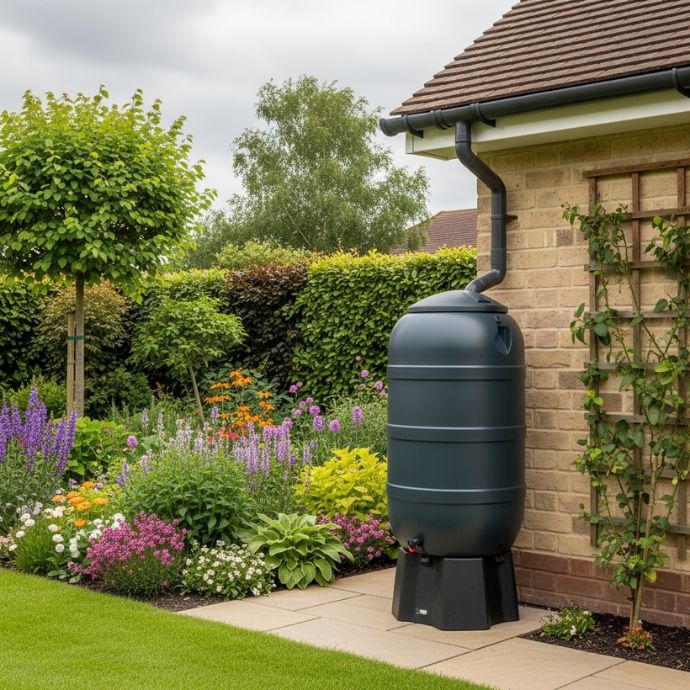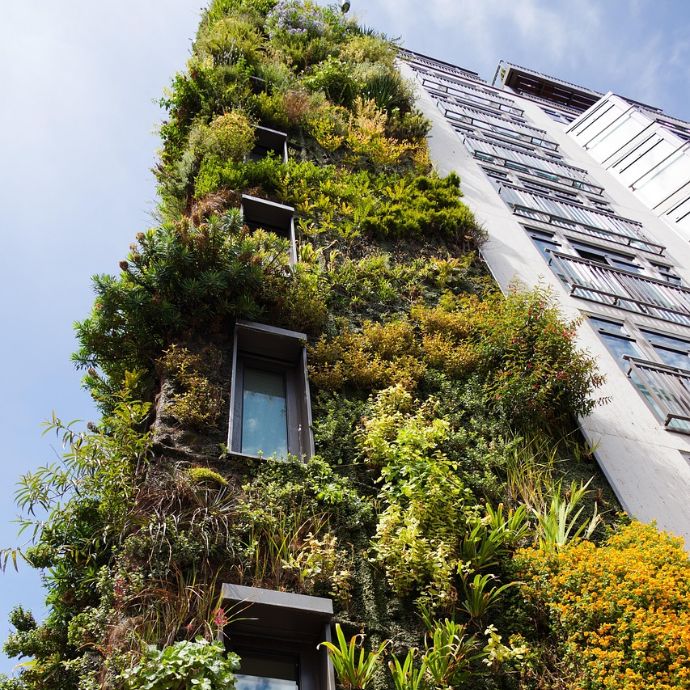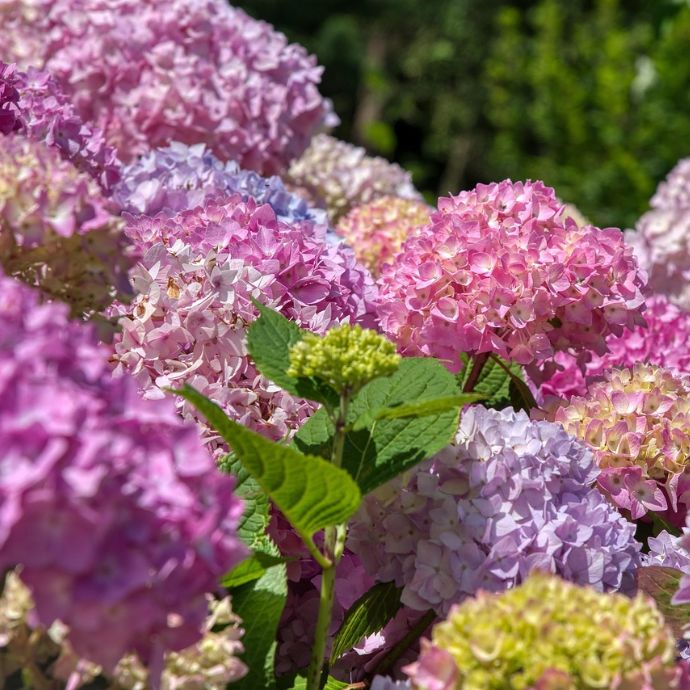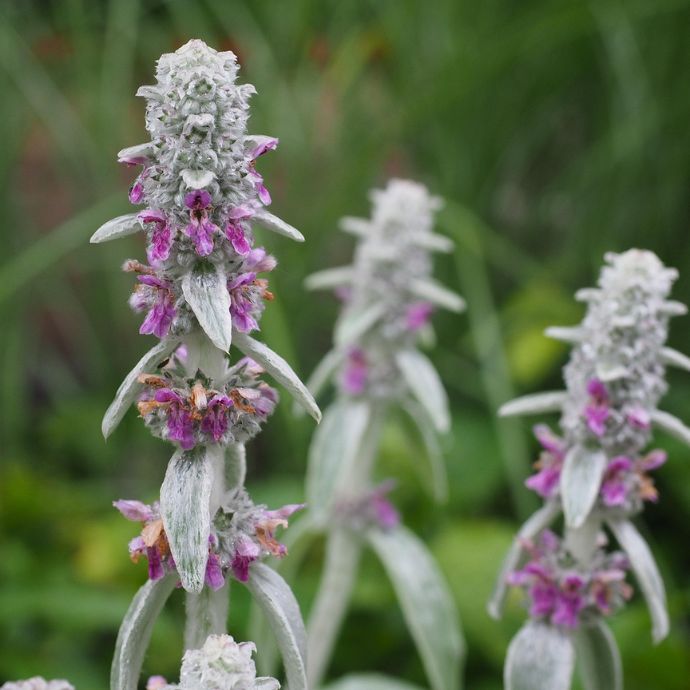Vegetable Garden Plans: Spacing Your Plants
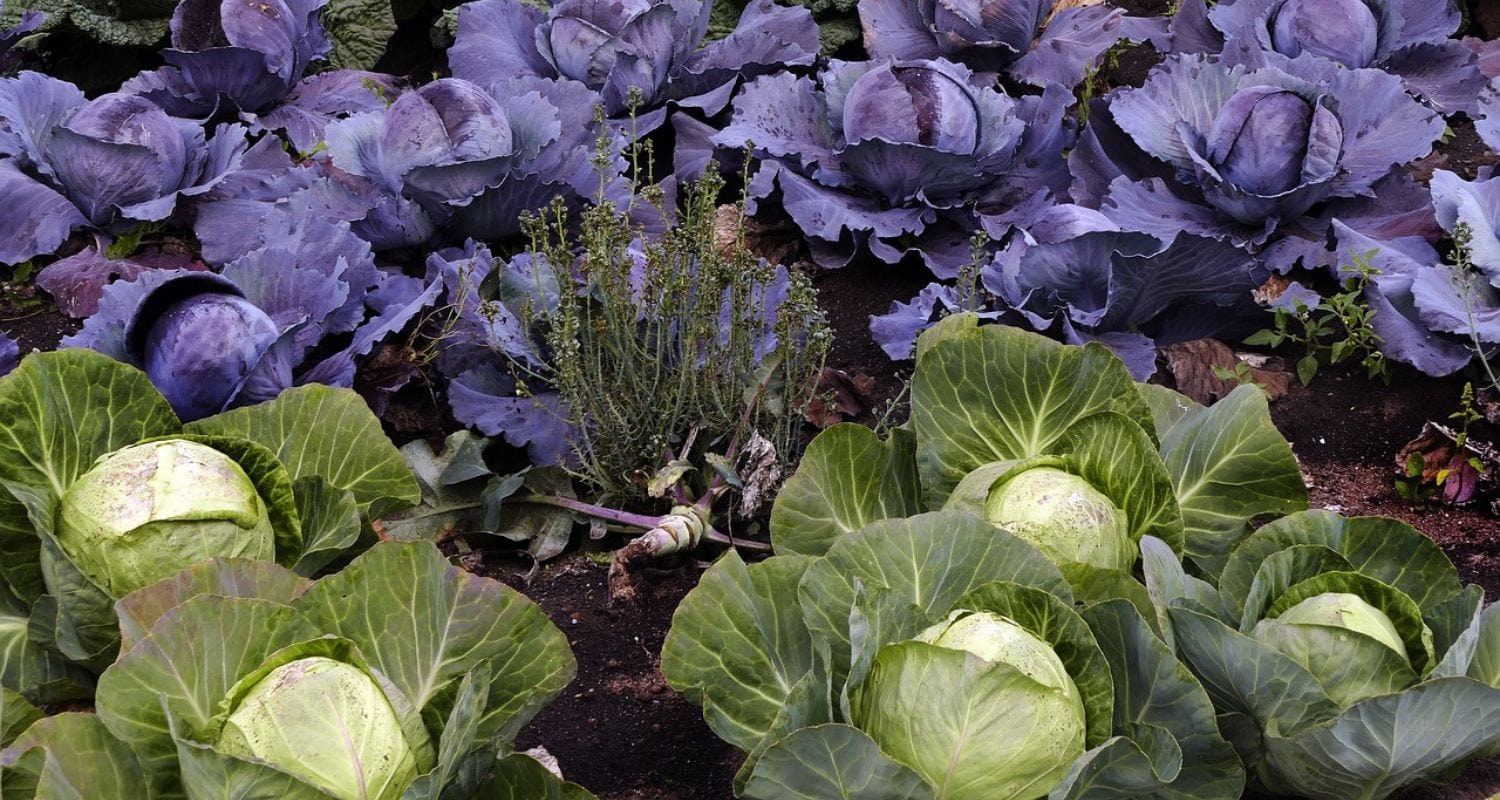
Tempting as it is to squeeze as many vegetable plants as humanly possible into your garden, giving them space is going to give you far better results. Proper vegetable spacing allows your plants to spread out as they grow, allowing the sun to reach every part of the plant, as well as preventing the dreaded fungal diseases and moulds that can be a result of overcrowded beds.
Vegetable plant spacing is your secret weapon for better crops, letting each one get enough light, water, air and nutrients to reach its full potential. But we know it can be complicated and time consuming to check every single one, so we did it for you.
Jump to:
- Laying out your vegetable patch
- How much sunshine do your vegetables need?
- Accessing your plants
- Growing vegetables in small spaces
- The reason you shouldn't plant your veg too close together
- Good vegetable plants to grow together
- Properly spacing vegetable plants (plus spacing guide)
- Companion planting
- Veg garden layouts
How to lay out your veg patch
Before you plant so much as a radish, it’s worth taking a little time to think about what will work best for you and your vegetable plants in terms of layout. To maximise your plot’s productivity and save yourself a lot of bother, you’ll need to consider these things.
How much sun do my vegetables need?
Make sure you position your vegetable beds in an area of the garden that has enough sunlight and warmth for the varieties you’ll be growing. Fruiting plants like tomatoes, courgettes, squashes and chillies need to be in full sun, whereas beetroot, kale, broccoli and lettuce can deal with a little more shade. Before you start digging, observe where the sunniest spots in your garden are and plan what goes in each bed accordingly.

How will I access my plants?
Don’t forget practical considerations when you’re planning your plot - you’ll need to get between the rows in order to water, weed and care for your plants - not to mention harvest them. Create accessible paths between your raised beds and keep your beds narrow enough that you don’t have to perform any unnatural stretches to reach your plants.
If you use a wheelchair or can’t easily bend down, make sure your beds are raised to a level you find comfortable. Finally, if you use a hosepipe, make sure it stretches all the way to your furthest veg bed. I learned that one the hard way!
Which plants can grow in a small space?
If you have a large allotment or beds, you can go ahead and grow pumpkins, squashes, sweetcorn, potatoes and other crops that need a lot of growing space. However if your vegetable plot consists of one raised bed or a few pots, you’ll need to be a bit more mindful of the limits. Some crops that need very little ground space include spring onions, garlic, peas, beans and carrots - there are more in the table below.

Why can’t I plant my vegetables too close together?
For plants to grow properly, their roots and leaves need plenty of space to grow: this can vary enormously between vegetable species and one size does not fit all! It's important to keep to the recommended spacings for your particular plant so that each one can develop properly and get enough nutrients and water to produce a good crop.
If they’re crowded together, your plants will be forced to compete for nutrients and may grow small and weak. They can also be at risk from diseases like powdery mildew, which can build up if there isn’t enough air circulating between plants. Lastly, good spacing prevents your plants from shading each other too much, so they all get the correct amount of sunlight they need to thrive.

Which plants grow together well?
Not all plants have to be spaced far from each other; some can be grown together to maximise space - for example, in the three sisters method, where pumpkins, sweetcorn and beans co-exist in the same plot. Low growing vegetables which need shade, such as lettuces, can be grown alongside taller plants such as artichokes, and will benefit from the shade they create.
Crops that need a long growing season, such as brassicas, can be interplanted with quick growing vegetables like radishes, spring onions and leafy greens, as they’ll be harvested long before your brassicas spread out and need the space.
So how do I space vegetable plants properly?
To make sure all your vegetable plants have enough space to grow, it’s helpful to plan your garden layout in advance. Check the spacing requirements of each plant you want to grow and make sure you leave the correct distance not just between plants but between rows, if you’re growing a lot.
You don’t have to measure the spaces between to the millimetre with a ruler, but it helps to have a rough idea of how much space they’re going to need as they grow. If you do prefer the exact approach, using stakes, strings, or a measuring tool can help you achieve that neat, uniform look.
Vegetable spacing guide
These are the approximate spacing distances for each kind of vegetable:
| Vegetable | Space between plants (cm) | Space between rows (cm) |
| Artichoke | 45 | 60-90 |
| Asparagus | 30-45 | 150 |
| Aubergine | 35-60 | 75-90 |
| Beans (broad) | 5-10 | 45-60 |
| Beans (climbing) | 10-15 | 75-90 |
| Beetroot | 8-10 | 30-45 |
| Broccoli (sprouting) | 8-10 | 45-90 |
| Broccoli (calabrese) | 45-60 | 75-100 |
| Brussels sprouts | 60 | 60-90 |
| Cabbage | 25-30 | 90-100 |
| Carrot | 5 | 30-45 |
| Cauliflower | 45-60 | 45-60 |
| Celery | 30-45 | 60 |
| Chard | 15-30 | 30-45 |
| Chilli | 40 | 50 |
| Courgette | 60-90 | 90-120 |
| Cucumber | Ground: 30 Climbing: 5-8 | Ground: 150 Climbing: 75 |
| Fennel | 30-60 | 30-60 |
| Garlic | 10 | 45 |
| Kale | 30-45 | 60 |
| Kohlrabi | 30 | 30 |
| Leek | 10-15 | 20-40 |
| Lettuce | 20 | 30 |
| Onion | 10-15 | 10-15 |
| Pak choi | 20-25 | 45-75 |
| Parsnip | 20-25 | 45-60 |
| Pea | 10-20 | 45-60 |
| Pepper | 25-45 | 45-60 |
| Potato | 20-30 | 75-90 |
| Pumpkin | 150-180 | 350-400 |
| Radish | 1-10 | 5-10 |
| Rocket | 15 | 20 |
| Spinach | 5-10 | 30-45 |
| Spring onion | 5 | 15 |
| Squash | 60-90 | 90-180 |
| Swede | 20 | 35-45 |
| Sweet potato | 30-45 | 90-120 |
| Sweetcorn | 25-40 | 90-100 |
| Tomato | 60-90 | 90-150 |
| Turnip | 5-10 | 30-45 |
Plant sizes can vary between varieties, so if you’re unsure, always check the specific page for your plant. Dwarf varieties generally need less space than their full size equivalents. If you don’t find your plant in this table, check out the information on our vegetable plant pages.
Companion planting
One of the best ways to look after your vegetable plants is by using companion plants - the herbs and flowers that help out by deterring pests, attracting predators or acting as a sacrificial crop to draw pests away from your vegetables.
Make sure you leave enough space when you’re planning your planting, to fit in some of these extremely useful plants. (And if you forget, you can always put them in pots next to your beds.)

Vegetable garden layouts
There are many ways of laying out your vegetable garden to maximise space and keep all of your plants healthy and productive. For more advice on designing yours, take a look at our vegetable garden planning guide.
Last updated: 23/05/2024



